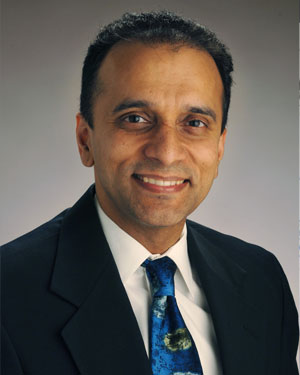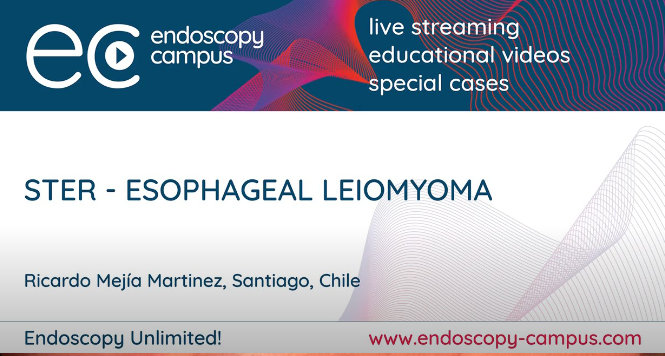One in 5 Upper GI Neoplastic Lesions Missed During Endoscopy
Prateek Sharma, MD, FASGE, reviewing Frazzoni L, et al. Endoscopy 2021 May 5.
Cancers of the esophagus and stomach (upper gastrointestinal neoplasia [UGIN]) account for more than one-third of all GI cancers and 1.5 million deaths worldwide. Previous studies have reported that 50% to 75% of UGI lesions are missed during upper endoscopy (EGD) due to incomplete inspection of the mucosa or failure to recognize subtle neoplastic lesions. This systematic review aimed to estimate the accuracy of UGI neoplasia recognition by endoscopists who were participating in artificial intelligence (AI) validation studies.
This review included 7 studies evaluating patients with neoplastic UGI lesions (2 esophageal squamous cell studies, 3 Barrett’s esophagus [BE], 1 gastric, and 1 any UGIN). The authors included studies in which expert endoscopists established the ground truth for AI with histological confirmation. Data on 122 endoscopists (66.4% experts; 57.3% Western) were analyzed. The pooled sensitivity, specificity, and positive and negative predictive values for the endoscopists in detecting UGI neoplasia were 82% (95% confidence interval [CI], 80%-84%), 79% (95% CI, 76%-81%), 75% (95% CI, 72%-77%), and 85% (95% CI, 83%-87%), respectively. The overall accuracy was 0.89 (95% CI, 0.88-0.90), which was highest for gastric adenocarcinoma at 0.95 (95% CI, 0.93-0.98), followed by esophageal squamous carcinoma at 0.9 (95% CI, 0.88-0.92) and BE-related neoplasia at 0.86 (95% CI, 0.84-0.88). Finally, sensitivity was higher for Eastern versus Western endoscopists (87% [95% CI, 84%-89%] vs 75% [95% CI, 72%-78%]), and for expert versus nonexpert endoscopists (85% [95% CI, 83%-87%] vs 71% [95% CI, 67%-75 %]).

COMMENTEven in a clinical trial setting, the overall accuracy of endoscopists at detecting UGI lesions is about 80%. This rate is related to the experience of the endoscopist as well as the location of neoplasia in the UGI tract. Quality measures aimed at improving UGI endoscopy, such as the neoplasia detection rates for BE and others, should be included in institution and endoscopist benchmarking.
Note to readers: At the time we reviewed this paper, its publisher noted that it was not in final form and that subsequent changes might be made.
CITATION(S)
Frazzoni L, Arribas J, Antonelli G, et al. Endoscopists‘ diagnostic accuracy in detecting upper gastrointestinal neoplasia in the framework of artificial intelligence studies. Endoscopy 2021 May 5. (Epub ahead of print) (https://doi.org/10.1055/a-1500-3730)


